Le Corbusiers Architectural Legacy: Transforming Landscape Of Chandigarh
- 8 Dec 2023
- By Deshal Shah
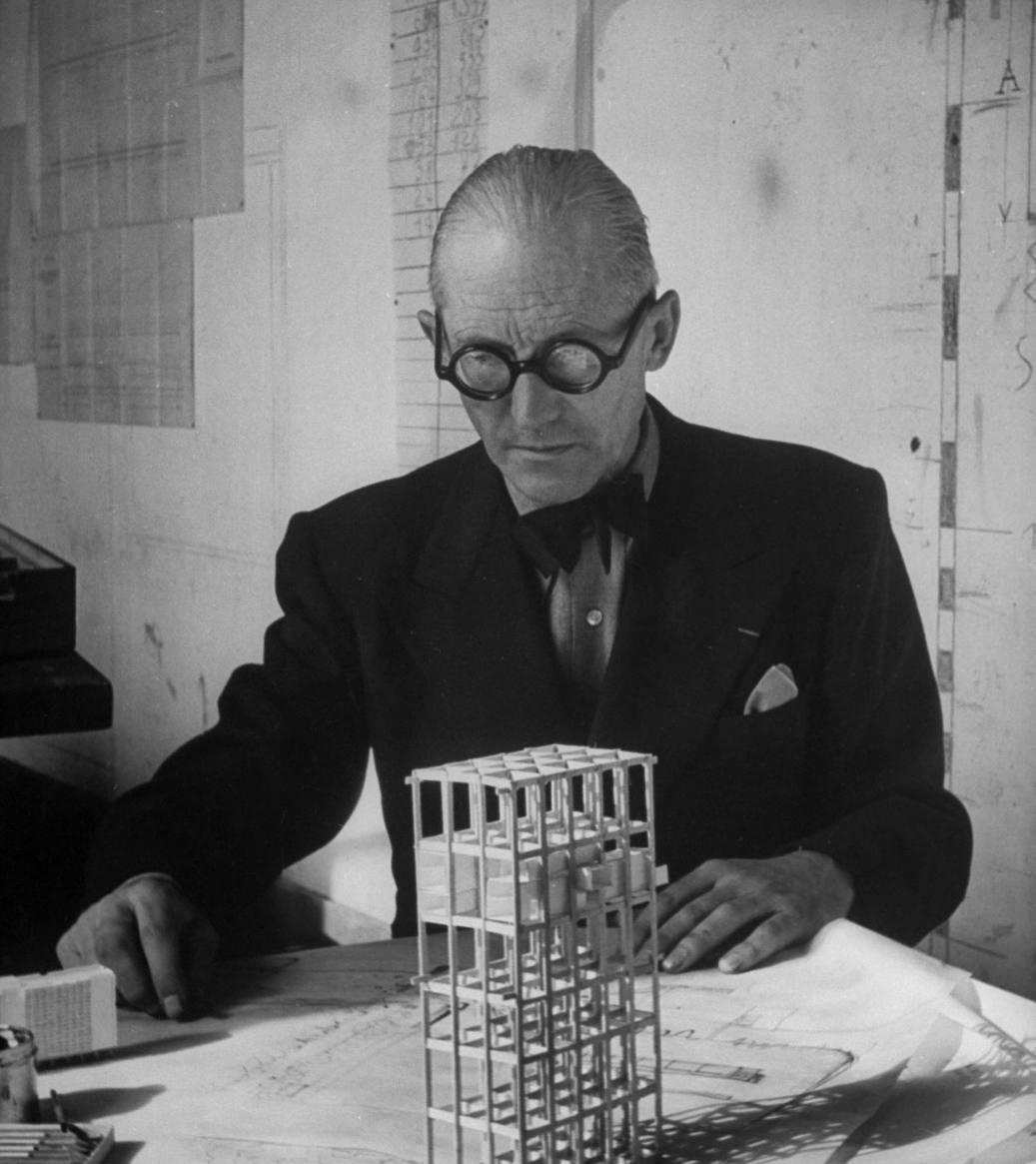
Architect Le Corbusier, born Charles-Édouard Jeanneret-Gris in 1887, was a pioneering figure in modern architecture and urban planning. His innovative designs emphasized functionality, minimalism, and the use of new materials. Le Corbusier's iconic works, such as the Villa Savoye and the Unité d'Habitation, continue to influence architects and shape the landscape of contemporary architecture.
Here are three of Le Corbusier's most renowned and influential works:
1. Villa Savoye (Villa Savoye, Poissy, France)
Completed in 1931, the Villa Savoye is a masterpiece of modern architecture. It exemplifies Le Corbusier's "Five Points of Architecture" and is celebrated for its use of reinforced concrete, piloted (elevated supports), open floor plans, horizontal ribbon windows, and a flat roof garden.
2. Unité d'Habitation (Cité Radieuse, Marseille, France)
Built between 1947 and 1952, the Unité d'Habitation is a groundbreaking housing complex. It features modular apartments, communal amenities, and a unique vertical design that emphasized functional and efficient living spaces. This design concept has influenced numerous housing developments around the world.
3. Chandigarh (India)
Le Corbusier was instrumental in the urban planning and architecture of the city of Chandigarh, which became the capital of the Indian states of Punjab and Haryana. His work there includes the High Court, Secretariat, and the Palace of Assembly. These buildings showcase his modernist principles while blending them with local culture and climate considerations.
These three works highlight Le Corbusier's lasting impact on modern architecture and urban planning.
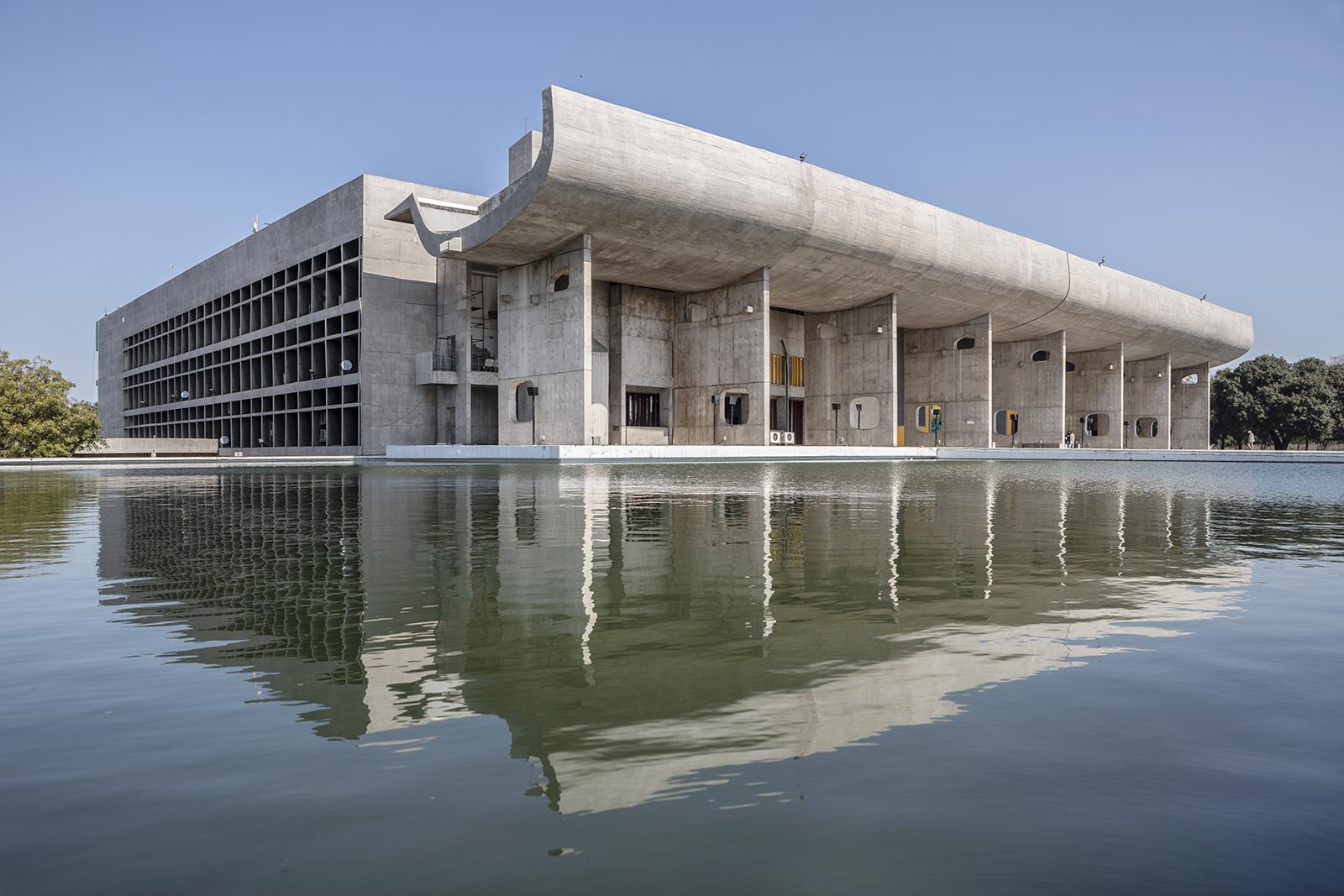
Le Corbusier's role in the urban planning and architecture of Chandigarh, India was a pivotal moment in his career and a testament to his enduring influence on modern urban design. Chandigarh, designed in the aftermath of India's independence in 1947, presented a unique opportunity for Le Corbusier to implement his visionary ideas and principles in a city from the ground up. His work in Chandigarh encompassed a wide range of projects, but some of the most iconic and impactful are the High Court, Secretariat, and the Palace of Assembly.
The Vision for Chandigarh:
Chandigarh's creation was an ambitious project driven by India's first Prime Minister, Jawaharlal Nehru, and Punjab's first Chief Minister, Sheikh Abdullah. They sought to build a new city as the capital of both Punjab and Haryana, designed to represent the aspirations of a newly independent nation. They invited several architects to submit proposals for the city, and it was Le Corbusier's avant-garde ideas and his deep understanding of modern urban planning that captured their attention.
Urban Planning Principles:
Le Corbusier's vision for Chandigarh was deeply rooted in his Five Points of Architecture, which emphasized open floor plans, piloted, horizontal ribbon windows, free facades, and a flat roof garden. These principles were to be applied on a city-wide scale. He believed in creating a city that was not only functional but also celebrated the human spirit and the beauty of the natural environment.
Chandigarh was divided into sectors, each designed to serve a specific purpose. These sectors included residential, commercial, educational, and cultural areas, ensuring that the city was organized and convenient for its residents. Le Corbusier's design emphasized the need for green spaces and parks, with each sector connected by a network of broad avenues.
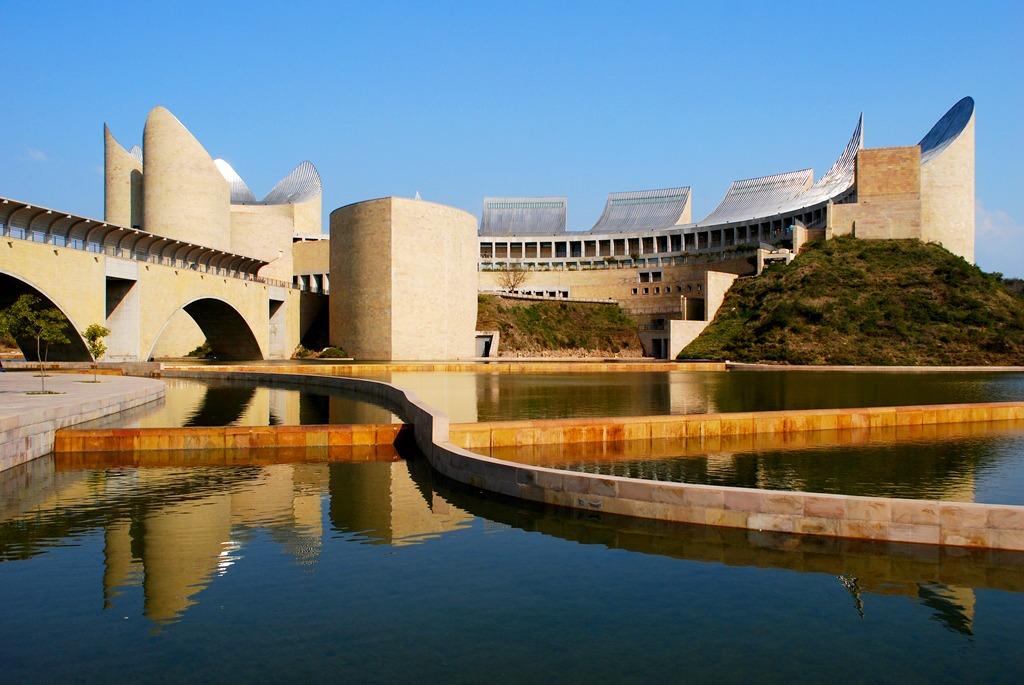
The High Court:
One of the most iconic structures in Chandigarh is the High Court, completed in 1955. The building is a testament to Le Corbusier's innovative architectural style. It features a unique design with massive concrete pillars, a brise-soleil (sun-breaker) facade, and a raised plinth, showcasing his penchant for using concrete in sculptural ways.
The High Court's design symbolizes justice and democracy. The building's scale and grandeur are intended to reflect the importance of the judiciary in the city. It's characterized by its open and spacious interior courtyards, which are designed to provide natural ventilation and light while maintaining a sense of tranquillity.
The Secretariat:
The Secretariat, also known as the Government Palace, is another significant structure designed by Le Corbusier. Completed in 1958, it serves as the administrative heart of Chandigarh. Its design is marked by long horizontal wings, punctuated by brightly coloured sunshades and concrete brise-soleil, providing a visually striking appearance.
The Secretariat is symbolic of good governance and administration. Its layout and design principles, like other Le Corbusier projects, reflect a commitment to functionality, simplicity, and the seamless integration of nature and architecture. The long horizontal lines of the building are balanced by lush landscaping and the use of water features.
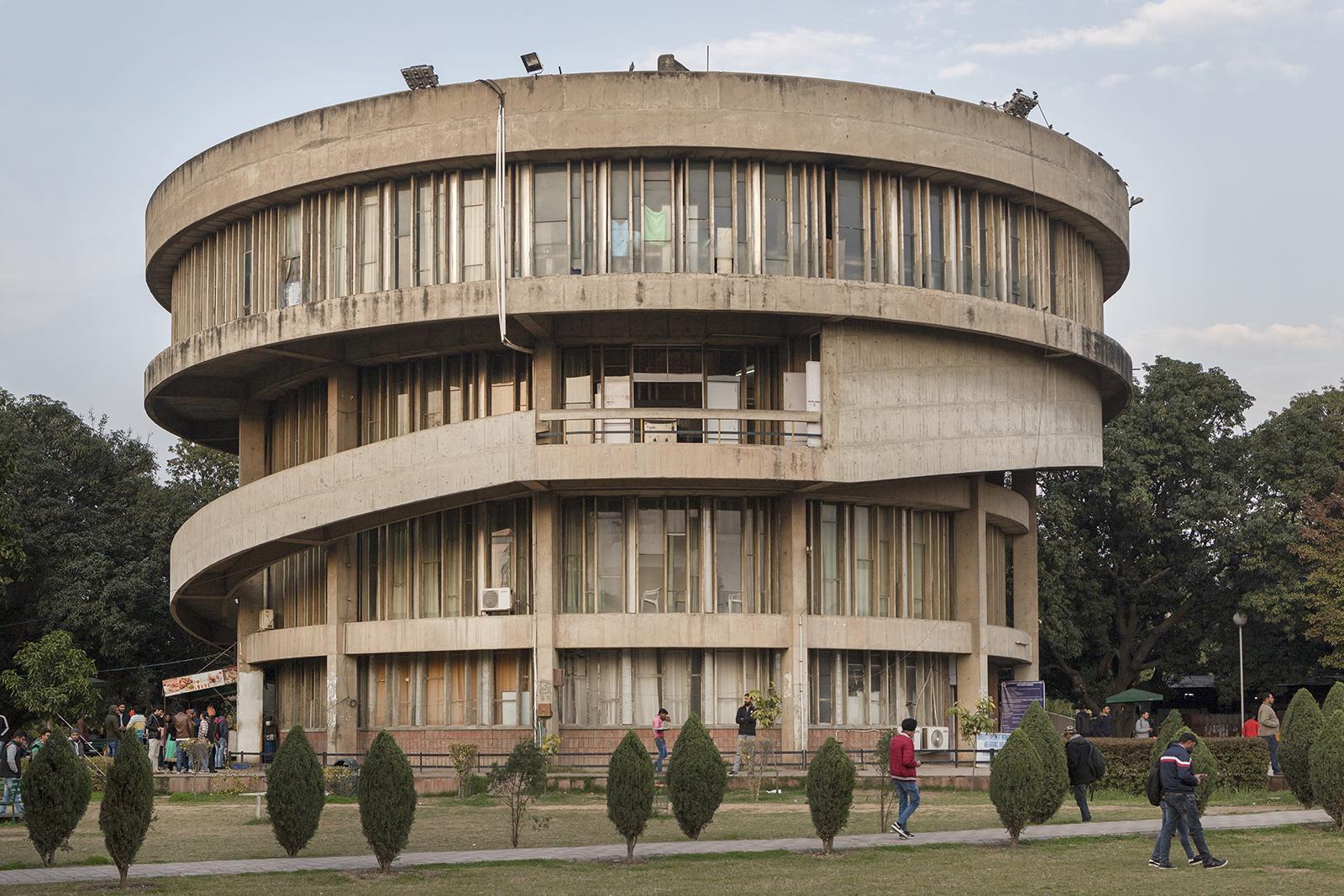
The Palace of Assembly:
The Palace of Assembly, or the Legislative Assembly, was completed in 1962. This remarkable structure represents the legislative branch of government in Chandigarh. It is an expression of democracy and governance through architectural innovation. The building's unique, roof-shaped design and its relationship with its surroundings showcase Le Corbusier's commitment to form following function.
The Palace of Assembly stands as a testament to the marriage of traditional Indian architectural elements with Le Corbusier's modernist vision. The building's elongated, curvilinear design is evocative of a large assembly umbrella, providing shade and protection to those within.
Chandigarh's Legacy:
Le Corbusier's vision for Chandigarh extended beyond individual buildings; it encompassed the city's entire urban fabric. His master plan aimed to create a utopian city that was not only functional but also celebrated the spirit of modernity and democracy. His designs for Chandigarh emphasized green spaces, tree-lined streets, and the overall well-being of its residents.
Chandigarh's legacy endures as a successful experiment in urban planning and design. Le Corbusier's ideas, as realized in the city, continue to influence architects and city planners around the world. The city's clean, organized layout and the integration of nature into its design are a testament to his belief in the harmony of the built environment with the natural world.
In conclusion, Le Corbusier's work in Chandigarh represents a remarkable chapter in the history of modern architecture and urban planning. His iconic structures like the High Court, Secretariat, and the Palace of Assembly, as well as the city's overall layout, demonstrate his unwavering commitment to functional, aesthetic, and human-centric design. Chandigarh stands as a living testament to Le Corbusier's enduring influence on the field of architecture and continues to be celebrated as a model city that harmoniously combines modernity and tradition.
Recently Published
loves or pursues or

.jpg)

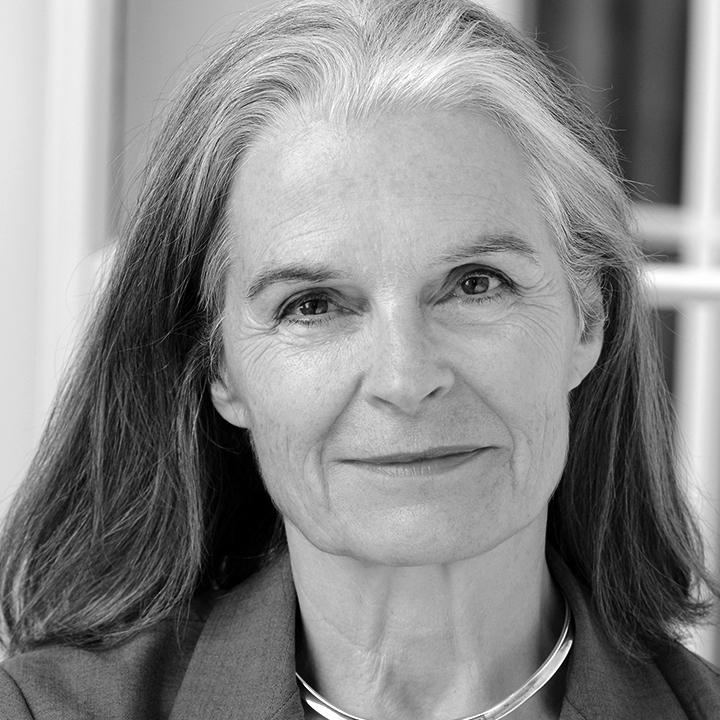
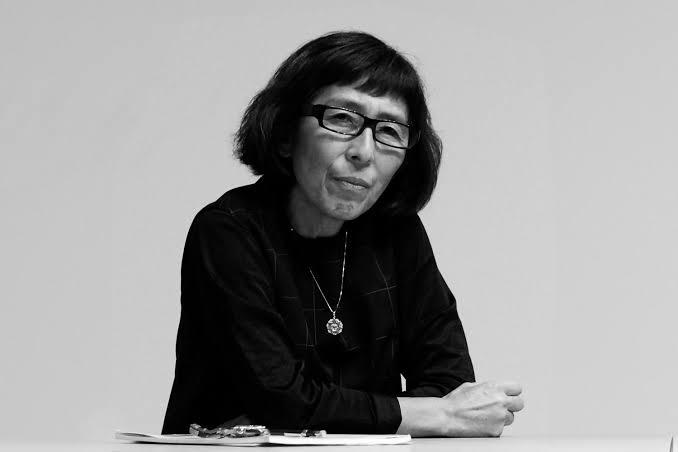
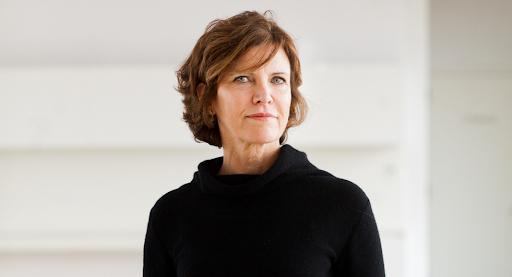


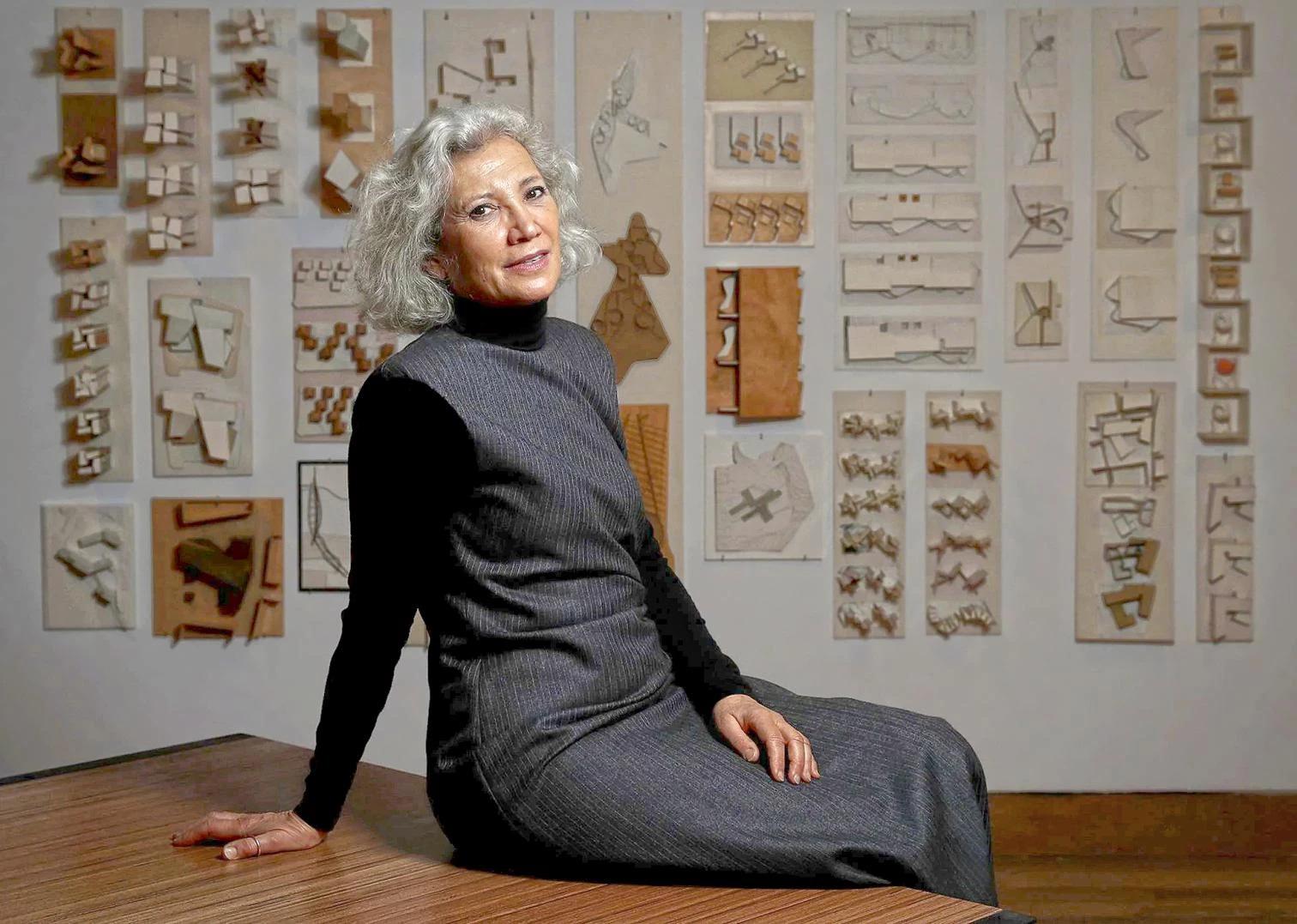
.jpg)